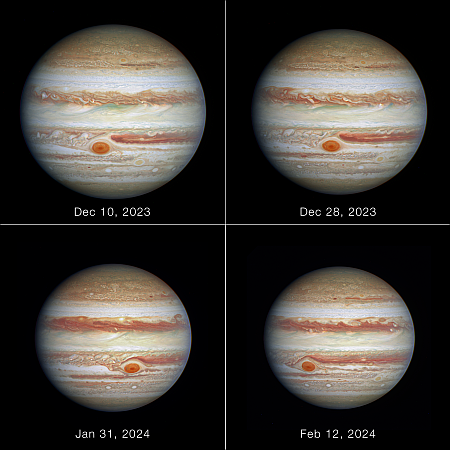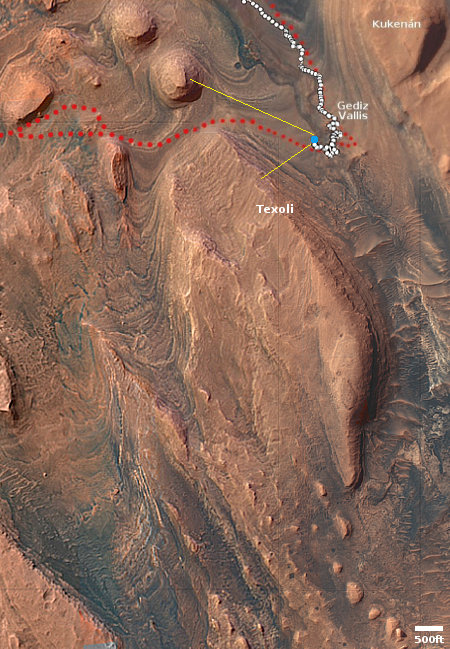On-going manned test flights of Boom’s prototype supersonic plane inching towards the supersonic
During the on-going manned test flights of Boom’s one-third scale prototype supersonic plane, dubbed XB-1, the maximum flight speeds have been steadily increased as they company tests the plane’s design and structure.
[On October 7th on the fifth manned flight] Chief Test Pilot Tristan “Geppetto” Brandenburg set a record for the XB-1 shod with GE J85-15 turbojet engines, taking it up to 17,800 ft (5,425 m) and as fast as Mach 0.69 (428 knots / 492 mph / 791 km/h, true airspeed) over its 50-minute-long test flight, marking the highest and the fastest it’s flown so far.
Boom tested its flutter excitation system (FES) at Mach 0.6 … which must be unnerving for a test pilot. The FES is a system that deliberately induces vibrations into an aircraft’s airframe to help engineers find potential structural issues, particularly at higher speeds. They do this so structural issues (that could cause flutter) don’t rear their ugly head mid-flight.
The plan is to do five more test flights before attempted to break the sound barrier.
At the completion of this testing the company will then begin manufacture of its full scale supersonic passenger plane, dubbed Overture, that will carry up to 80 passengers and will sell to airlines. It already has contracts and financial support from a number of major airlines, including United and Japan Airlines.
During the on-going manned test flights of Boom’s one-third scale prototype supersonic plane, dubbed XB-1, the maximum flight speeds have been steadily increased as they company tests the plane’s design and structure.
[On October 7th on the fifth manned flight] Chief Test Pilot Tristan “Geppetto” Brandenburg set a record for the XB-1 shod with GE J85-15 turbojet engines, taking it up to 17,800 ft (5,425 m) and as fast as Mach 0.69 (428 knots / 492 mph / 791 km/h, true airspeed) over its 50-minute-long test flight, marking the highest and the fastest it’s flown so far.
Boom tested its flutter excitation system (FES) at Mach 0.6 … which must be unnerving for a test pilot. The FES is a system that deliberately induces vibrations into an aircraft’s airframe to help engineers find potential structural issues, particularly at higher speeds. They do this so structural issues (that could cause flutter) don’t rear their ugly head mid-flight.
The plan is to do five more test flights before attempted to break the sound barrier.
At the completion of this testing the company will then begin manufacture of its full scale supersonic passenger plane, dubbed Overture, that will carry up to 80 passengers and will sell to airlines. It already has contracts and financial support from a number of major airlines, including United and Japan Airlines.















